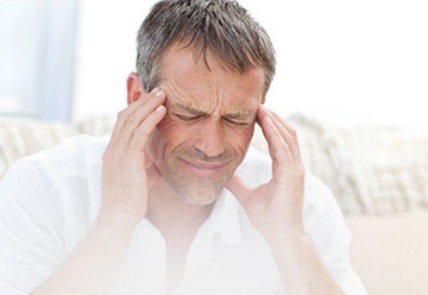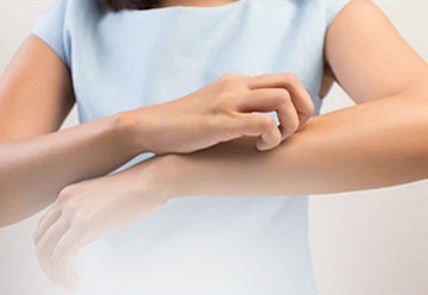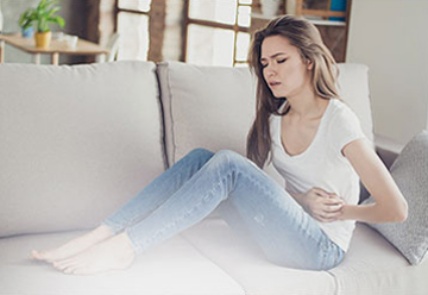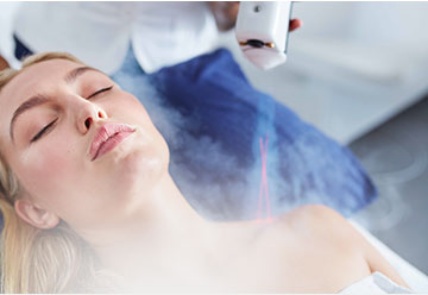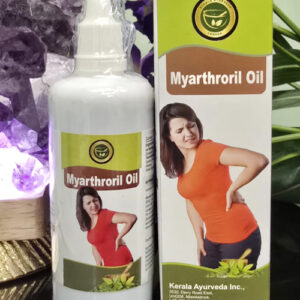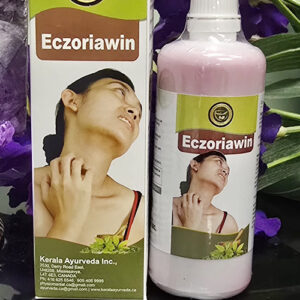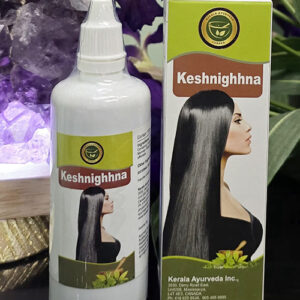Ayurveda Treatments & Ayurvedic Massage in Mississauga
Kerala Ayurveda is a pain management centre in Toronto Operating as Kerala Ayurveda Pain Clinic & Research Centre. This is the first Ayurveda pain clinic in North America. It was established in 2011 with the motive of integrate and provide awareness on Ayurveda, its efficacy and benefits.
Canada’s First Ayurveda Pain Clinic
- 30 years of experience and serving in Canada for the last 15 years.
- Our client data brings that we have treated more than 90 thousand patients successfully.
- We speak hindi, punjabi, tamil, malayalam, urdu and english
- Expert in bio-mechanics to know and treat your conditions
- Blended with traditional and modern technologies
- Lab approved ayurveda supplement
- Free consultation with guaranteed diagnosis
- Free parking for heavy vehicle (call to confirm)
- Female consultant for ladies

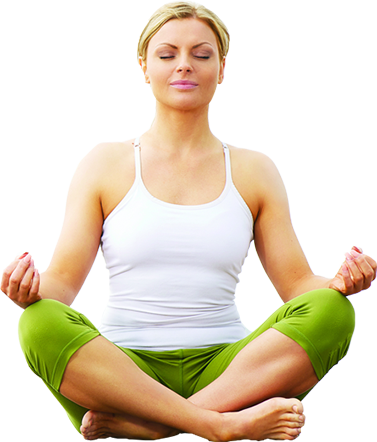
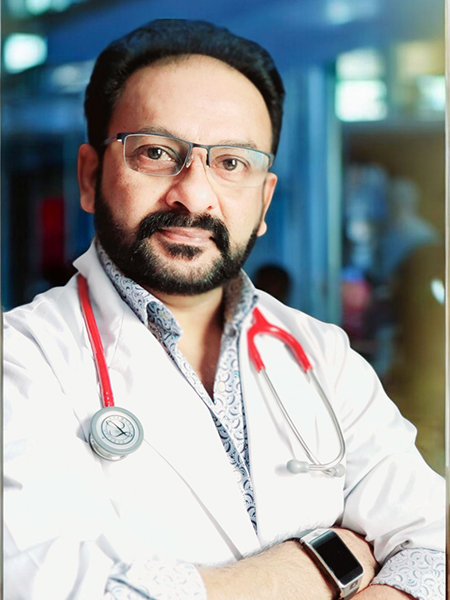

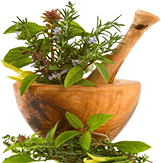
Vaidya Binoy P Chacko
Ayurveda Practitioner (BAMS), Bachelor Degree in physiotherapy. Panchakarma Specialist – India, Kalari Marma Specialist -India, International Trauma Life Support Certification -India, Master’s Degree in Arts (MA)- India, Master in Philosophy (MPhil)-India, Certification in Club Foot Management (ALTSO)- India, Chief Instructor and examiner in Alan Thilak Shito-Ryu Karate School – India, Diploma in Acupuncture-Canada, Laser Therapy Technician – Class 3 B Laser -Canada)
Special Ayurvedic Bundles Available for a Limited Time!
Begin your journey to holistic health with Kerala Ayurveda—where tradition meets modern care.
Our Products
Our Expertise
Sciatica
This condition is also known as lumbar radiculopathy, sciatic neuritis or neuralgia. This refers to the pain that shoots along the sciatic nerve and radiates through the buttocks and down the back of the leg as far as to the foot. Typically, it affects only one side of the body and can occur along the entire length of the sciatic nerve. Sciatica is a set of symptoms rather than the diagnosis for what is irritating the nerve to cause pain. This is caused by different types of pressure or compression on the sciatic nerve in the lower back or buttocks. It also results from the damage or irritation of the nerve roots that feed into the sciatic nerve. This most commonly occurs when a herniated disc or a bone spur on the spine compresses the part of the nerve. In buttocks, the nerve can get entrapped in the piriformis muscle (commonly known as piriformis syndrome) leading to sciatica like symptoms. Sciatica may also be the result of bad posture, muscle strain or spasm, pregnancy, being overweight, wearing high heels or sleeping on a mattress that is too soft, lifting heavy weights or twisting of back etc. The pain radiating from lower back to the buttock and down the back of the leg is the hallmark of sciatica. This could be a mild ache or a sharp and burning pain with excruciating discomfort. Sometimes it feels like a jolt or electric shock. There is numbness, tingling or muscle weakness in the affected leg or foot. The pain may become worse with the coughing or sneezing or with prolonged sitting.
Achilles Tendonitis
This is a common condition causing pain in the back of leg and near the heel. The tendon connecting the back of the leg to the heel becomes swollen and painful near the bottom of the foot. It is used when you walk, run and jump. The heel pain is most common due to the overuse of foot and rarely is it caused by an injury. Tendinitis due to overuse is most common in younger people and also in walkers, runners or athletes. In middle-aged and elderly it occurs from arthritis. The bone spur or growth may develop in the back of the heel bone which irritates the Achilles tendon causing pain and swelling. The other causative factors include tightness in the calf muscles, running on hard surfaces, improper shoes, twisting of foot, sudden increase in amount and intensity of activity etc. The symptoms include the pain in the heel and along the tendon while walking or running. There is increased pain and stiffness in the morning. Severe pain may occur after prolonged running, stair climbing or sprinting. The pain usually worsens with activity. The swelling also gets worse throughout the day with activity.
Wrist Pain / Carpel Tunnel Syndrome
This is a condition affecting the hand and wrist causing paresthesia, pain, numbness, tingling, clumsiness of hand, night pain and other symptoms. This is a type of entrapment neuropathy where the Median nerve gets compressed at the wrist in the carpal tunnel which is a space in the wrist surrounded by wrist bones and a rigid ligament linking the bones together. In the tunnel, the flexing tendons of fingers and thumb surround the median nerve. Swelling of the tendons reduces the space in the tunnel and compresses the median nerve leading to the above mentioned symptoms. The thumb, index, middle or ring fingers are affected not the little finger. The symptoms vary from person to person from mild to severe and are eased by raising the hand up or hanging it down. This condition is particularly involved with the tasks including repetitive hand motions, strong gripping, awkward hand positions or mechanical stress on palm. It is common in cashiers, hairdressers, knitters, bakers etc. It commonly affects the women in their late 50s but in late 70s, men and women are equally affected. The pain increases in the night waking the patient up from the sleep. This is possibly because of the bending of wrist while sleeping which compresses the nerve. In chronic cases, the pain is constant and severe. There may also be atrophy or wasting of thenar muscles in untreated and long standing cases.
Periarthrititis
Periarthritis is a chronic inflammatory disorder which affects the shoulder and the soft tissues surrounding it. This condition is often a result of injury, which results in painful joints and their lack of use. As the joint becomes increasingly stiffer and tighter, even simple movements like raising an arm becomes a chore.The onset of pain, aggravated by excess movements of the shoulder joints may be insidious or acute. Soreness, stiffness and dysfunction of the shoulder are some major clinical manifestations of this condition.
Migraine
Migraine is a chronic neurological disorder characterized by recurrent moderate to severe headache often in association with a number autonomic nervous system symptoms. Typically the headache is unilateral (affecting one half of the head) and pulsating in nature, lasting from 2 to 72 hours. Associated symptoms may include nausea, vomiting, photophobia (increased sensitivity to light), phonophobia(increased sensitivity to sound) and the pain is generally aggravated by physical activity.
Rotator Cuff Tear
Pain in the antero-lateral aspect of the shoulder is not specific to the shoulder and may arise from, and be referred from, the neck, heart or gut. Pain over the front and outer aspect of the shoulder, pain aggravated by leaning on the elbow and pushing upwards on the shoulder (such as leaning on the armrest of a reclining chair), intolerance to overhead activity, pain at night when lying directly on the affected shoulder, pain when reaching forward (e.g. unable to lift a gallon of milk from the refrigerator). With longer standing pain, the shoulder is favored and gradually loss of motion.
Cervical Spondylitis
It is a common cause of chronic neck pain. The fourth to seventh cervical vertebrae are most commonly affected by these degenerative changes. Middle- aged people and women are more prone to cervical spondylosis. The bones in the neck begin to degenerate with aging. Disc degeneration (collapse, of the disc spaces and loss of disc space height) and bone spurs lead to cervical spondylosis. The disc space becomes narrow and gradually compresses the nerve. In advanced cases of cervical spondylosis, spinal cord is affected and may also lead to paralysis of the arm. Neck pain and stiffness resulting in limitation of movement; and numbness or weakness in arms, hands, and fingers can be commonly seen in patients with cervical spondylosis.
Fibromyalgia
The defining symptoms of fibromyalgia are chronic widespread pain, fatigue, and heightened pain. Other symptoms may include tingling of the skin, prolonged muscle spasm, weakness in the limbs nerve pain, muscle twitching, palpitation functional bowel disturbances, and chronic sleep disturbances. Many patients experience impaired concentration, problems with short and long term memory, short-term memory consolidation impaired speed of performance, inability to multi-task, cognitive overload, and diminished attention span. Fibromyalgia is often associated with anxiety and depression.
Planter Fascitis
Golfer’s elbow causes pain and inflammation in the tendons that connect the forearm to the elbow. The pain centers on the bony bump on the inside of your elbow and may radiate into the forearm. It can usually be treated effectively with rest. Golfer’s elbow is usually caused by overusing the muscles in the forearm that allow you to grip, rotate your arm, and flex your wrist. Repetitive flexing, gripping, or swinging can cause pulls or tiny tears in the tendons. Despite the name, this condition doesn’t just affect golfers. Any repetitive hand, wrist, or forearm motions can lead to golfer’s elbow. Risky sports include tennis, bowling, and baseball — in fact, it’s sometimes called pitcher’s elbow. People may also get it from using tools like screwdrivers and hammers, raking, or painting.
Tennis Elbow
This condition is known as lateral epicondylitis in medical terms in which the outer part of the elbow becomes sore and tender. This painful condition is the result of overuse of muscles and repetitive motions of wrist and arm, specially the bending back of wrist against resistance. The pain occurs primarily on the area where the tendons of the forearm muscles attach to a bony bump (lateral epicondyle) on the outer area of elbow and can also spread into the forearm and wrist. The tendon usually involved in tennis elbow is called the extensor Carpi radialis brevis (ECRB). It doesn’t necessarily occur in the tennis players. In most cases it occurs in people whose jobs features the types of motions leading to overuse of muscles, e.g., plumbers, painters, carpenters, butchers, computer professionals, typists etc. This condition most commonly affects the dominant arm but it can also occur in non dominant arm or both arms. The pain may develop suddenly in some cases but most often it is of late onset. The symptoms develop gradually with pain beginning as mild and slowly worsen over weeks and months. The symptoms include the pain or burning on the outer part of the elbow and weak grip strength.
Rotator Cuff Tendinopathy /Tendonitis
Rotator cuff tendonitis is a condition characterised by damage, inflammation and degeneration of one or more of the rotator cuff tendons The rotator cuff is a group of muscles which originate from the shoulder blade and attach to the upper arm bone (humerus) via the rotator cuff tendons). Collectively, the rotator cuff act to provide stability to the shoulder joint and assist with elevation and rotation movements of the shoulder. The 4 muscles of the rotator cuff include: • Supraspinatus • Infraspinatus • Subscapularis • Teres Minor During contraction of the rotator cuff muscles, tension is placed through the rotator cuff muscles and tendons. When this tension is excessive due to too much repetition or high force, damage to the rotator cuff tendons may occur. Rotator cuff tendonitis is a condition whereby there is damage, with subsequent inflammation and degeneration to one or more of the rotator cuff tendons. This is usually due to gradual wear and tear associate.
GOODTrustindex verifies that the original source of the review is Google. I was hopeless when I came here for first time.Practitioner caught the exact trigger points of my pain and treated me. I am so excited to start my normal routine without pain. I am highly grateful to Practitioner and his team.I would wholeheartedly recommend this clinic.Trustindex verifies that the original source of the review is Google. I was experiencing severe headaches, and my practitioner diagnosed it as migraine. He gave me an injection near my neck, which provided temporary relief for a few days. However, the sharp pain returned. A friend recommended Kerala Ayurveda, so I went for a free consultation. Dr. Binoy Chacko clearly explained my actual condition, diagnosed CERVICOGENIC HEADACHE and started the treatment. In the beginning, I did feel some pain, possibly due to soreness, but after five sessions, I experienced great relief and did not feel any pain. I highly recommend Kerala Ayurveda for anyone seeking effective pain treatment. A big thank you to Dr. Binoy Chacko and the entire Kerala Ayurveda team for their care and support.Trustindex verifies that the original source of the review is Google. Great and relaxing Massage. I immediately felt so much better after the session. Thank you for such a great experience. I highly recommend the Kerala Ayurveda to anyone who is looking for relief and better result.Trustindex verifies that the original source of the review is Google. The true essence of Ayurveda has been shown in the treatment by Dr . Binoy Chacko. Dhurti takes care during the massage, which is performed with very authentic Ayurveda herbs and hot oil that helps with healing.Trustindex verifies that the original source of the review is Google. Me and my husband Went for massage steam and shirodhar very good experience Dhruti did very good massage . Staff was very nice and professional. Highly recommended Thanks PreetinderTrustindex verifies that the original source of the review is Google. Beautiful experience for Shirodhara package with Dr. THAMUJEETHS Dr. DHRUTI. Also, the body gets so released with massage and steam bath. Staff is very welcoming, SHVETA admin. Dr.BINOY is an expert guy for all pain treatment.Trustindex verifies that the original source of the review is Google. Great serviceTrustindex verifies that the original source of the review is Google. Excellent experience good luck


